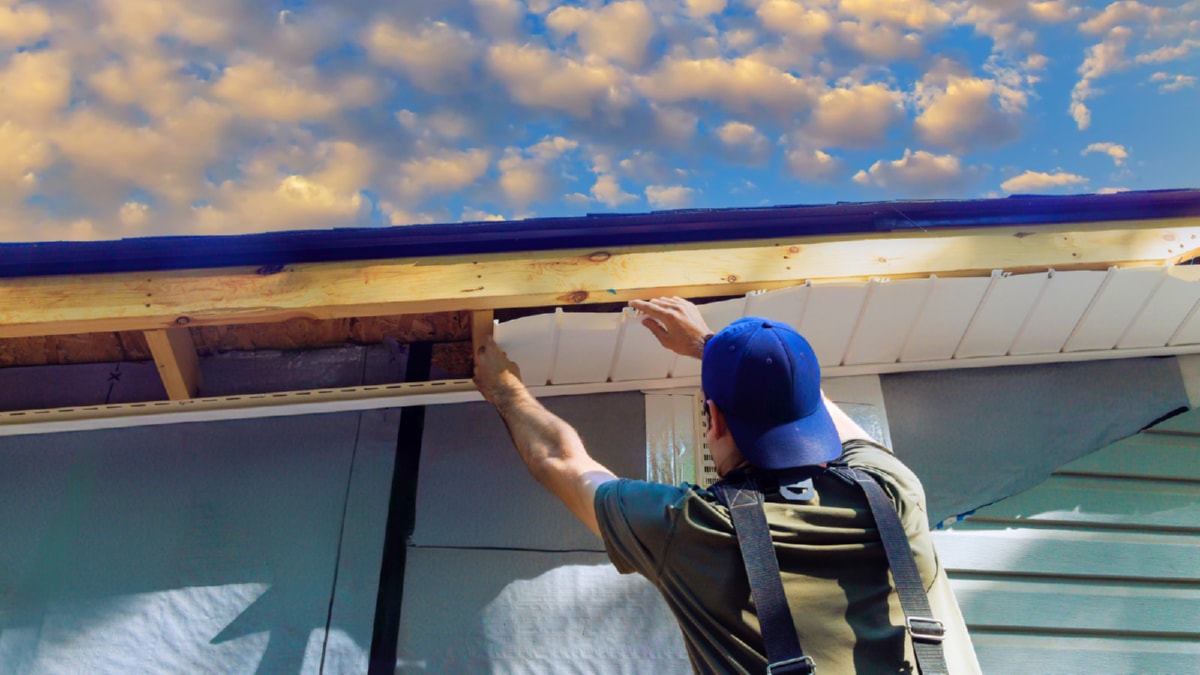Every project manager needs to understand the importance of safety measures in a construction site. In an industry where risk is a constant factor, implementing appropriate safety measures is not just a necessity, but a responsibility. It helps to prevent accidents, protect workers, and ensure the overall success of the project.
The first step in ensuring safety is to conduct a thorough risk assessment. This involves identifying potential hazards, determining who might be harmed and how, and then taking steps to eliminate or control those risks. Regular reviews of the risk assessment should also be made to accommodate any changes in the project, equipment, or personnel.
Training is another critical aspect of safety in construction. Employees should be trained on how to use equipment properly, emergency procedures, and the importance of personal protective equipment (PPE). Furthermore, safety training should not be a one-time event, but a continuous process that is updated and reinforced regularly.
Modern technology plays a pivotal role in enhancing safety measures on the construction site. Innovations such as drones can be used to inspect hard-to-reach areas, while wearable technology can monitor workers’ health and safety in real time. Virtual Reality (VR) can provide realistic training scenarios, and apps can be used to report safety issues quickly and accurately.
However, even with the best safety measures in place, accidents can still happen. Therefore, it’s crucial to have a clear and effective accident response plan. This should include first aid provisions, evacuation procedures, and a process for investigating and learning from incidents.
In conclusion, ensuring safety in a construction site is a challenging task that requires continuous effort and vigilance. It involves a combination of risk assessment, training, technology, and accident response. By taking these steps, project managers can create a safer work environment, protect their workers, and complete projects successfully.
The role of modern technology in the construction industry cannot be understated. From design and planning to construction and maintenance, technology is revolutionizing the way we build. It makes construction processes more efficient, reduces costs, and improves safety.
One of the most significant advancements in construction technology is BIM. A digital representation of physical and functional characteristics of a facility, BIM allows for better project visualization, improved collaboration, and advanced coordination of construction activities.
Another game-changing technology is the use of drones or UAVs. These devices can conduct site surveys, monitor progress, and even aid in building structures in hard-to-reach places. They provide a safer and more efficient way to collect data and keep track of the construction process.
3D printing is also making waves in the construction industry. It allows for the quick production of complex, customized parts, significantly reducing time and costs. Moreover, with the advent of sustainable materials, 3D printing can contribute to green building practices, making construction more environmentally friendly.
In conclusion, modern technology is transforming the construction industry, making it safer, more efficient, and even greener. By embracing these advancements, construction companies can stay ahead of the competition, meet customer expectations, and contribute to a more sustainable future.
.
For more details, check best chimney restoration and rebuild services or visit their business listing here.



